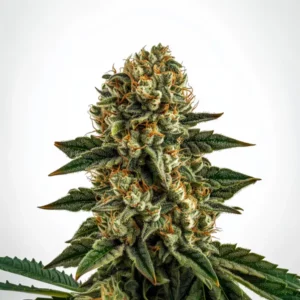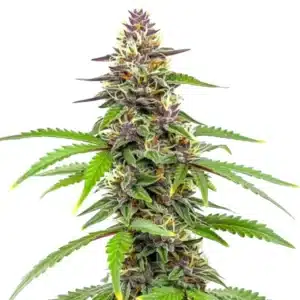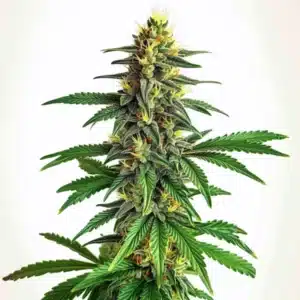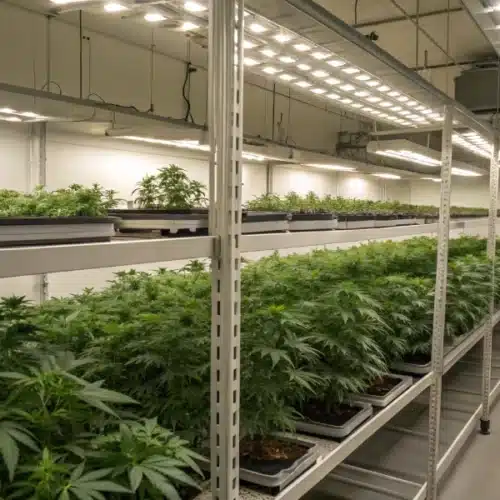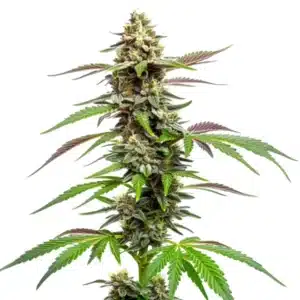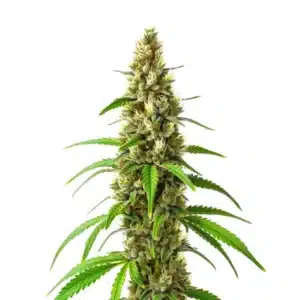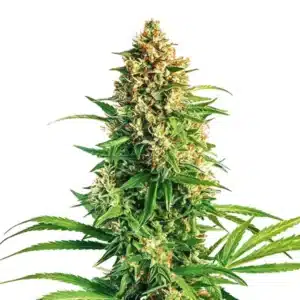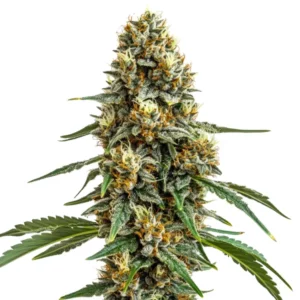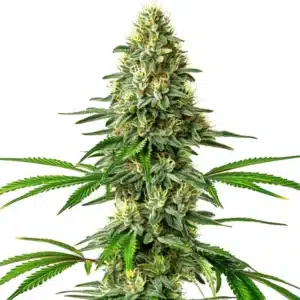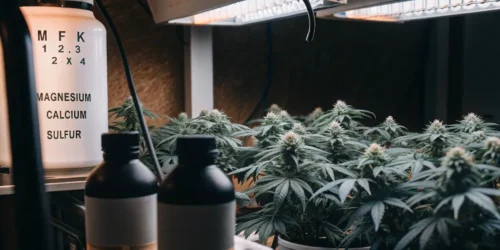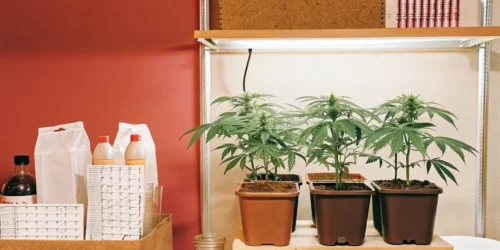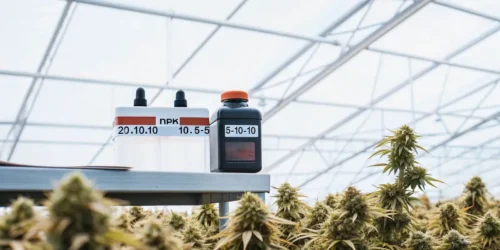Nutrients in Promoting Healthy Growth
To cultivate cannabis that thrives, one must understand the essential nutrients that play a pivotal function in the plant’s growth. Cannabis plants require a balanced mix of macronutrients and micronutrients to flourish. Growers often ask, How Often Should I Fertilize Cannabis to ensure optimal development? The answer depends on the plant’s stage of growth and the type of nutrients used. Macronutrients include nitrogen, phosphorus, and potassium, which are fundamental for vigorous growth, flowering, and fruiting. Micronutrients, though needed in smaller amounts, are equally vital for processes such as photosynthesis and enzyme function.
Nitrogen, for instance, is crucial during the vegetative stage, promoting lush foliage and robust stems. Phosphorus fuels root development and flower production, while potassium strengthens overall plant health and resistance to diseases. When determining how often to fertilize cannabis, it’s essential to consider the nutrient composition and how these elements work together to enhance growth.
Recognizing Signs of Nutrient Deficiency
Identifying nutrient deficiencies in cannabis plants can be the difference between a thriving crop and a struggling one. Yellowing leaves, stunted growth, and poor flowering are all telltale signs that your plants may be lacking essential nutrients. For instance, a nitrogen deficiency often manifests as yellowing leaves, particularly those older leaves at the bottom of the plant. Conversely, a phosphorus deficiency may cause dark green leaves with purple undertones, especially during the flowering stage.
Promos & Deals
Establishing a Fertilization Schedule
Factors That Influence Feeding Frequency
Several factors dictate how often you should fertilize cannabis. The plant’s growth stage is perhaps the most significant influencer. During the vegetative stage, cannabis requires more nitrogen to support leaf and stem growth. As the plant transitions into the flowering stage, its demand for phosphorus and potassium increases. This stage is critical for bud development, and adjusting your fertilization routine accordingly is essential.
Environmental conditions also play a vital role in determining feeding frequency. Factors such as temperature, humidity, and light intensity can affect nutrient uptake. For example, higher temperatures may accelerate plant metabolism, leading to increased nutrient requirements. Similarly, plants exposed to more intense light may need more nutrients to support their growth. Keeping an eye on these conditions will help you fine-tune your fertilization schedule.
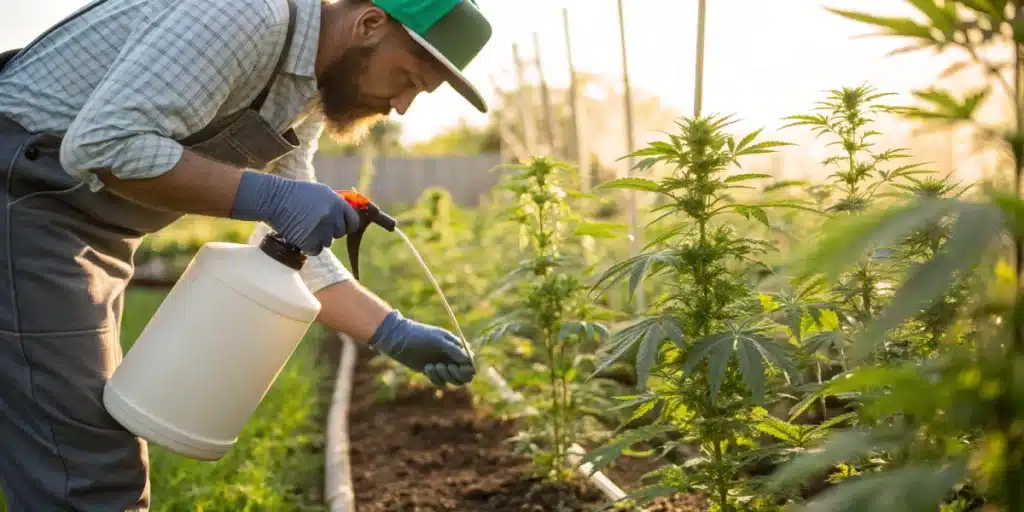
Adjusting the Schedule for Different Growth Stages
When it comes to how often to fertilize cannabis, adapting your feeding regimen based on the growth stage is crucial. During the seedling phase, less is more. New sprouts are delicate and only require a mild nutrient solution to avoid overwhelming them. As they transition to the vegetative stage, you can increase the frequency of feedings, typically every two weeks, while ensuring the nutrient concentration is appropriate.
As cannabis plants enter the flowering phase, the focus shifts to providing nutrients that promote bud development. This transition often requires a change in the fertilizer used, increasing phosphorus and potassium levels while reducing nitrogen. Many growers find success feeding their plants every week or even every other week during this stage. Observing your plants will provide guidance on whether adjustments are necessary.
Best Practices for Consistent Fertilization
Monitoring Soil and Plant Health Regularly
Consistency in feeding cannabis plants relies heavily on regular monitoring of both soil and plant health. Conducting soil tests can help identify nutrient levels, pH balance, and overall fertility. This information is invaluable in determining how often to fertilize cannabis. A well-balanced soil environment ensures that nutrients are readily available for uptake, promoting robust plant growth.
In addition to soil testing, keeping an eye on plant health is essential. Regularly check for any signs of nutrient deficiencies or excesses. Healthy plants are typically vibrant and robust, while distressed plants may exhibit discoloration or wilting. By maintaining a watchful eye on your plants and soil conditions, you can fine-tune your fertilization schedule to meet their evolving needs.
Techniques to Maintain a Steady Nutrient Flow
Maintaining a steady nutrient flow can greatly enhance how often you should fertilize cannabis. One effective technique is to use a slow-release fertilizer, which gradually provides nutrients over time. This method reduces the need for frequent applications and ensures that plants receive a consistent nutrient supply.
Another strategy is to incorporate organic amendments like compost or worm castings into your soil. These amendments not only improve soil structure but also introduce beneficial microorganisms that help with nutrient absorption. By integrating these practices, you can create an environment that supports healthy, vigorous growth while minimizing the frequency of fertilization.
Avoiding Over-Fertilization and Nutrient Burn
Identifying Early Warning Signs
Over-fertilization can be just as detrimental as under-fertilization, leading to nutrient burn and other complications. Recognizing early warning signs is essential in averting potential damage. Symptoms of nutrient burn often include crispy leaf edges, dark green foliage, and overall stunted growth. If you notice these signs, it’s crucial to reassess your fertilization schedule.
Regular soil testing can also help prevent nutrient build-up, which may lead to over-fertilization. If nutrient levels are consistently high, consider reducing the frequency or concentration of your feedings. Maintaining a balance is key to ensuring that your cannabis plants thrive without experiencing the adverse effects of excess nutrients.
How to Modify Your Feeding Routine
Adjusting your feeding routine can be a simple yet effective way to prevent over-fertilization. If you suspect that your plants are experiencing nutrient burn, consider implementing a flush. Flushing involves watering your plants with plain water to help remove excess nutrients from the soil. This process can help restore balance and promote recovery.
Additionally, consider reducing the concentration of your nutrient solutions or extending the time between feedings. For instance, if you initially fed your plants weekly, try extending it to ten days or two weeks. This gradual adjustment can help your plants recover while still receiving the necessary nutrients to thrive.
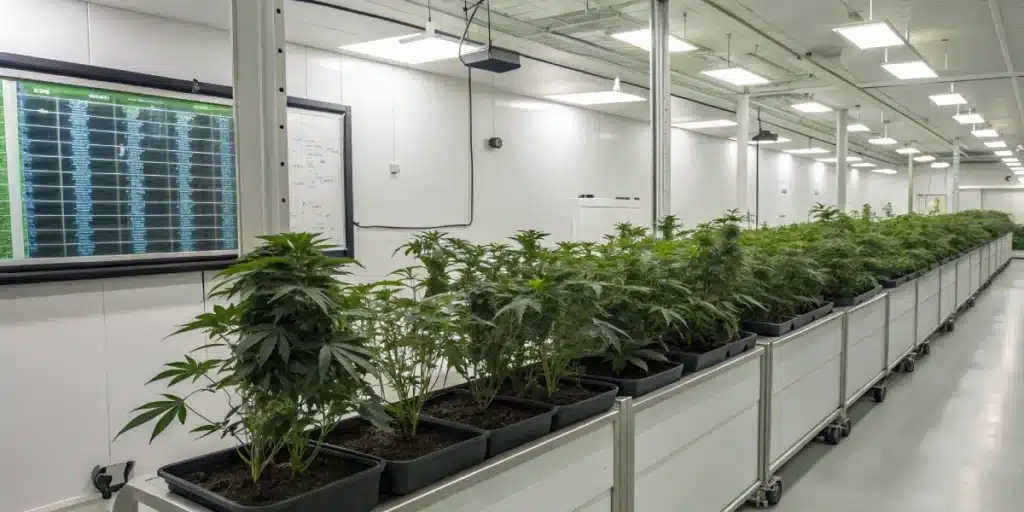
FAQs about How Often Should I Fertilize Cannabis
What factors determine the ideal fertilization frequency?
Several factors determine the ideal fertilization frequency, including the plant’s growth stage, environmental conditions, and soil health. Monitoring these factors helps create a customized feeding schedule that meets your plants’ specific needs.
Can I follow a universal feeding schedule for all cannabis strains?
While some general guidelines exist, it’s essential to recognize that different cannabis strains have unique nutrient requirements. Factors such as growth habits, flowering times, and environmental preferences can cause variations in nutrient needs.
How do I adjust my fertilization routine for different growth stages?
To adjust your fertilization routine for different growth stages, increase nitrogen levels during the vegetative stage, and shift to higher phosphorus and potassium levels during flowering. Additionally, modify feeding frequency based on the specific stage, ensuring a tailored approach for optimal growth.

